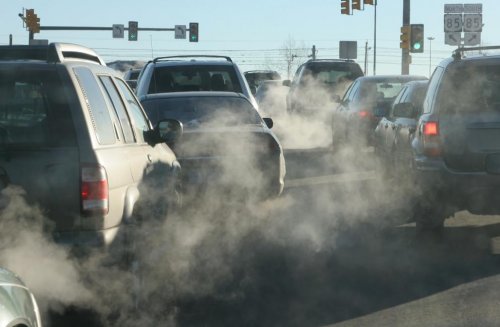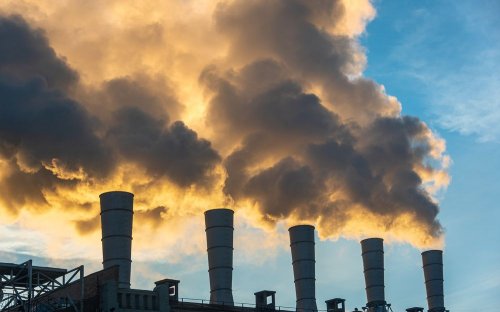A study by researchers from the Barcelona Institute for Global Health (ISGlobal) has shown that air quality has improved in Europe over the past 20 years, but about 98% of people live in areas with unhealthy levels of fine particles PM2.5.
Also, the World Health Organization's recommendations for PM10 dust pollution have been exceeded in 80% of areas, and nitrogen dioxide – in 86%, The Guardian reports.
Scientists studied the level of air pollution in more than 1400 regions of 35 European countries with a population of 543 million people. The highest levels of pollution were found in:
- Northern Italy and Eastern Europe – PM2.5 and PM10;
- Northern Italy and parts of Western Europe, including the south of the UK, Belgium and the Netherlands – nitrogen dioxide, which can contribute to asthma and potentially increase susceptibility to respiratory infections.
"Targeted efforts are needed to address PM2.5 and ozone levels and the associated severe 'dirty days', especially in the context of the rapidly increasing threats from climate change in Europe," said lead author Zhao-Yue Chen.
The study showed that overall dust and nitrogen dioxide levels decreased in most parts of Europe. The annual reduction in PM10 emissions was 2.72%, PM2.5 – 2.45%, and NO2 – 1.72%.
The article explains that PM2.5 and PM10 particles are so small that they can penetrate deep into the lungs. Their impact is associated with the development of heart disease, cancer, and premature birth, as well as the premature death of 400,000 people across Europe every year. Such dust is formed by the combustion of solid and liquid fuels, mainly during electricity generation, home heating, and automobile traffic, as well as as a result of chemical reactions between other pollutants.
According to experts, if the level of air pollution meets WHO recommendations, it will prevent 200,000 premature deaths.
It is noted that in Europe, a number of cities have introduced low-emission zones for vehicles, reducing particulate pollution, and some countries, such as Poland, have reduced their dependence on coal-fired furnaces. The EU's industrial emissions directives have helped businesses reduce pollution.
Earlier, EcoPolitics analyzed how PM2.5 dust is formed, its hazards, and ways to combat air pollution.





